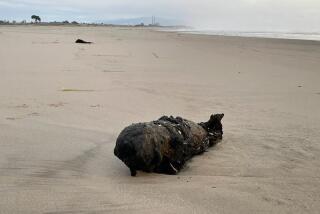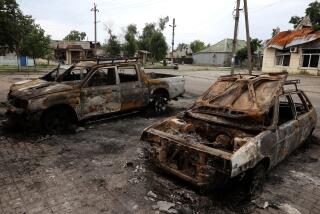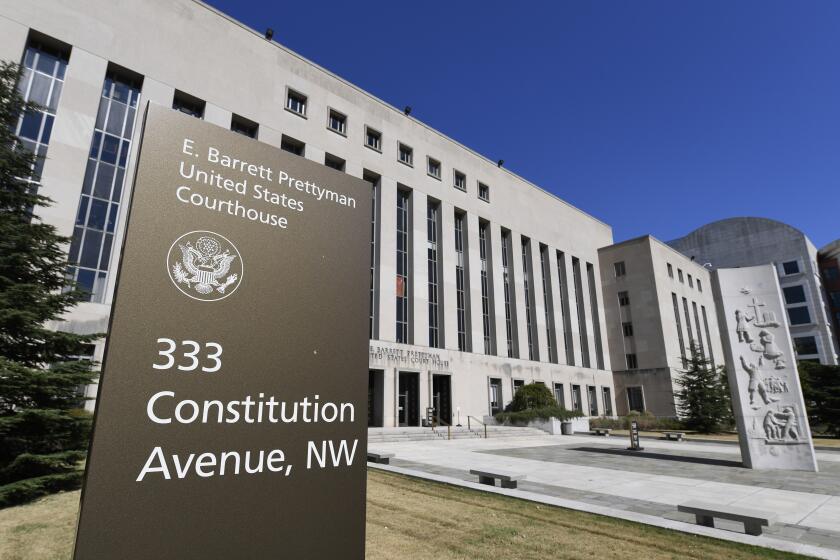U.S. to Keep Its ‘Backpack Nuke’ Arsenal
- Share via
WASHINGTON AP — U.S. special operations forces have been trained to carry lightweight nuclear bombs and place them behind enemy lines in the event of a war in Europe with the Soviet Union, a top research analyst says.
William M. Arkin, the director of the Arms Race and Nuclear Weapons Research Project at the Institute for Policy Studies, said Friday that the existence of the lightweight bombs--known as Special Atomic Demolition Munitions--has been known for years.
But what has now become apparent, he said, is that the United States and its allies have decided not to retire the special bombs from a European stockpile, and to give special operations units the responsibility and training to place them behind enemy lines in the event of war.
Carried by One Man
“We’ve known for some time that the United States had two small atomic munitions in its arsenal--a larger one dubbed the medium and one called the special that can be carried by one man,” Arkin said. “But we were never sure why there were two kinds.
“More recently, it has become clear that the special is solely for the use of commandos and that it’s going to remain in our European stockpile,” he said. “It’s certainly the most bizarre nuclear weapon in our arsenal. And since it’s for use behind enemy lines, that certainly doesn’t spell deterrence in any terms.”
The existence of the Special Atomic Demolition Munition, or “backpack nuke” in military jargon, was spotlighted last January when Arkin and two co-authors published a new compendium of U.S. nuclear forces.
Drawing on congressional testimony and information from Pentagon sources, the reference book said the small nuclear bombs were first produced in 1963, that the warhead weighs only about 58 pounds, and that about 300 remained in the U.S. arsenal.
The weapons became the subject of renewed scrutiny after a report Thursday evening by the NBC News. NBC said it had learned that special operations commandos in Bad Tolz, West Germany, had been trained in European languages, customs, sabotage and the use of the backpack nukes.
“In a big war, they would drop behind Soviet lines and organize resistance movements,” NBC reported. “(And) there are 100 of these backpack nuclear weapons in West Germany.
“The backpack nukes would be set off by remote control (after placement) to destroy targets such as airfields and Soviet command sites.”
Citing longstanding policy, Pentagon officials refused Friday to answer any questions about the Defense Department’s special operations teams.
The Institute for Policy Studies describes itself as a nonprofit educational research organization specializing in the study of national security measures and relying on foundation grants and private donations.
More to Read
Sign up for Essential California
The most important California stories and recommendations in your inbox every morning.
You may occasionally receive promotional content from the Los Angeles Times.










